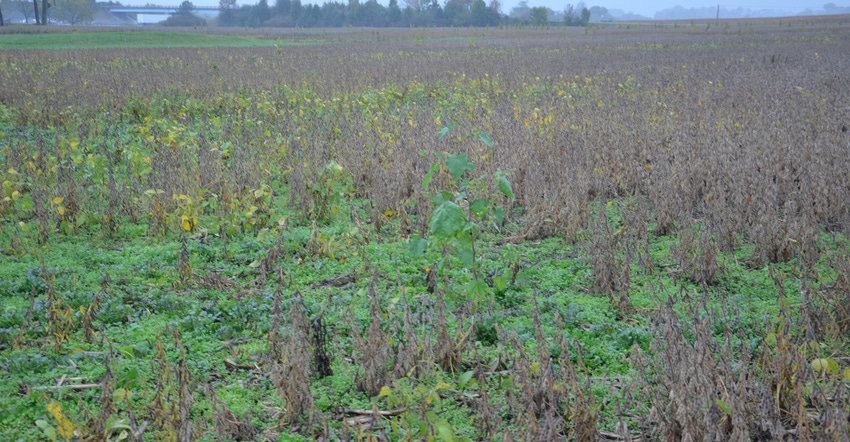
I always thought I pattern-tiled fields to help corn yields. This year my soybean yields were down, and part of it was due to delayed planting and too much water early. How can I factor in how much I could gain in yield and income per year by tiling for the soybean half of my rotation?
The Indiana certified crop advisers panel answering this question includes: Danny Greene, Greene Ag Consulting, Franklin; Andy Like, Amvac agronomist, Knox County; and Jeff Nagel, agronomist with Ceres Solutions Cooperative, based in Lafayette.
Greene: Pattern tile does help corn yields, but may help soybean yields even more. It’s very difficult to put numbers to it, however. Understand the losses you have experienced and the potential gain in each field. I would focus on the fields I expect to farm long term that have the most to gain from improved drainage. Some of the most productive soils are the most unproductive until drained. Recognize where yields were down due to drowned and ponded areas.
Like: I would start by comparing the yield of the field in question to a nearby field that would be comparable except for being tile-drained. Once you have an estimate of yield loss from poor drainage, get quotes from a drainage contractor and analyze the payback. When making your decision, consider that tile drainage value will vary from year to year depending on rainfall amount and timing. Also, ensure that there is adequate surface drainage before addressing subsurface drainage.
Nagel: Delayed planting and excessive water did negatively impact some areas in 2017. A shift to earlier planting of soybeans is a cultural practice that can set the stage for higher yield potential. This was demonstrated again in 2017 with many April-planted soybeans yielding quite well. Many farms can now plant corn and soybeans at the same time.
In an Iowa State University study conducted from 2007 to 2012 comparing conventional pattern tiling to no tiling, soybean yields were increased an average of 12% and corn by 6%. This study validates the importance of drainage on yields.
Greene: Consider potential gains from whole fields being ready for earlier planting, as that is often linked to higher yield in both corn and soybeans. Likewise, good drainage might allow you to get back in a field sooner for spraying or harvesting following a rain. Yields could respond to reduced soil compaction, better stand establishment and less disease pressure from phytophthora root rot or sudden death syndrome. Other gains might come from keeping air in the root mass to benefit nitrogen fixation by root nodules in soybeans. From a soil stability standpoint, pattern tile increases water infiltration and decreases surface runoff and soil erosion.
Nagel: Putting a number to payback in tiling might best be accomplished with historical yield maps. Multiyear yield data would show actual yield reductions over time. Not every year will have above-normal rainfall, and more poorly drained soils may be closer to optimum yields in some years. Lost income could be estimated using the yield reduction and comparing to the cost of targeted or pattern tiling.
About the Author(s)
You May Also Like




